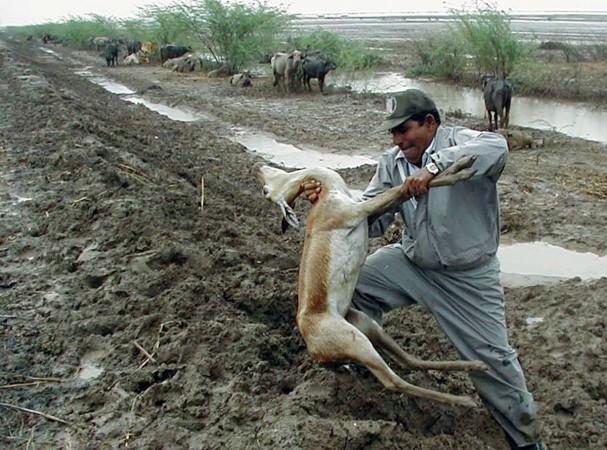
Thirty deer died in Mahbubnagar district, Telangana, after grazing grass in a maize field which is suspected to be contaminated by the excess use of pesticides. The deaths are said to be the single biggest instance of deer being killed in the region.
The incident was exposed on Saturday when locals informed forest officials.
"Post-mortem is going on all the dead animals. We think it's because of the high content of pesticides, but the exact reason could only be established by doctors on Sunday," Ganga Reddy, Mahabubnagar district forest officer, told Bangalore Mirror.
The forest officer also added that investigation has started but no one had been detained, while dismissing poachers' involvement in the mass deaths.
"We are also examining if farmers had sprayed poison pills in the fields to save their fields from animals straying into their fields," Reddy told the newspaper.
Farmers in the locality added that it is customary for deer to enter the fields for food and shelter when the river Krishna floods because of heavy rains.
Recently, more than 180 hog deer and nine Swamp deer died in floods in Assam's Kaziranga, while the flash floods in Gujarat killed 90 spotted deer, among others.
Unlike tigers and leopards, various sub-varieties of deer -- except the Swamp deer -- are not tracked through an official census. According to an official estimate by Kaziranga National Park authorities, there were estimated 1,148 Swamp deer in the national park as of May 2016, an increase of 19 over 2015 figures.
The numbers of Hangul, another variety of deer, show an opposite trend. Hangul deer are on the verge of extinction as their numbers have come down drastically from around 2,000 in 1947 to 200 in 2011, as reported by the Indian Express.
Floods, poaching, anthrax infections and rabies have been reported as major causes for deer deaths so far this year.

















